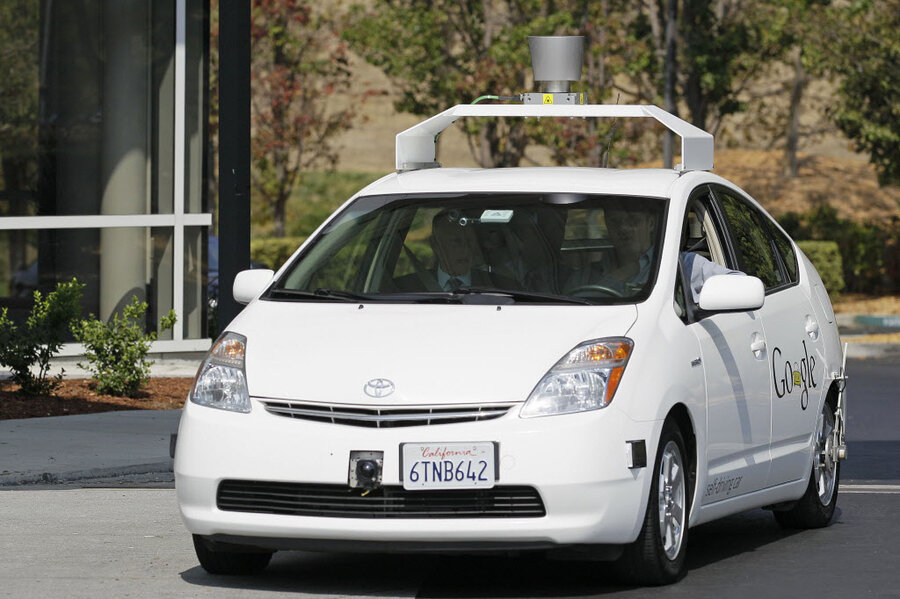Two rival driverless cars almost collide in Silicon Valley
Loading...
There are very few places in the world where two unmanned vehicles could share the road, and come close to collision.
Earlier this week, 2 self-driving vehicles, one operated by Google Inc. and the other by its competitor Delphi Automotive Plc., almost bumped into each other in California's Silicon Valley, reporters learned Thursday. It is thought to be the first such incident involving two vehicles specifically outfitted for automated driving.
According to John Absmeier, director of Delphi's Silicon Valley lab and global business director for the company's automated driving program, the event took place on Tuesday on a road in Palo Alto, California. Mr. Absmeier, who was a passenger in the Delphi vehicle at the time, said a Google self-driving prototype, which had similar hardware and software as the Delphi vehicle, cut his car off and forced it to stop a lane change.
The Delphi car "took appropriate action," Absmeier said, and a collision was avoided.
Delphi is currently running two Audi prototypes in California, where its Mountain View-based lab lies close to the Google headquarters. Google, meanwhile, has been testing over 20 Lexus prototypes.
Both companies have reported previous incidents of minor collisions of self-driving cars with vehicles driven by humans. In each of these cases, however, the self-driving vehicles were not at fault.
Supporters of self-driving cars often claim that these vehicles will be safer than those operated by people.
“Since self-driving cars could eliminate human driver error and be less likely to crash, not only would death and injury rates fall, but property savings would add up to $190 billion in the U.S. alone,” Hans-Werner Kaas, a senior partner of the consulting firm McKinsey & Co., told USA Today in March.
Meanwhile, Delphi spokeswoman Kristen Kinley told CNN Money that rather than being a near miss, the incident was an example of how self-driving cars can effectively avoid accidents.
"Our car saw the Google car move into the same lane as our car was planning to move into, but upon detecting that the lane was no longer open it decided to terminate the move and wait until it was clear again," she said.
This report includes material from Reuters.








